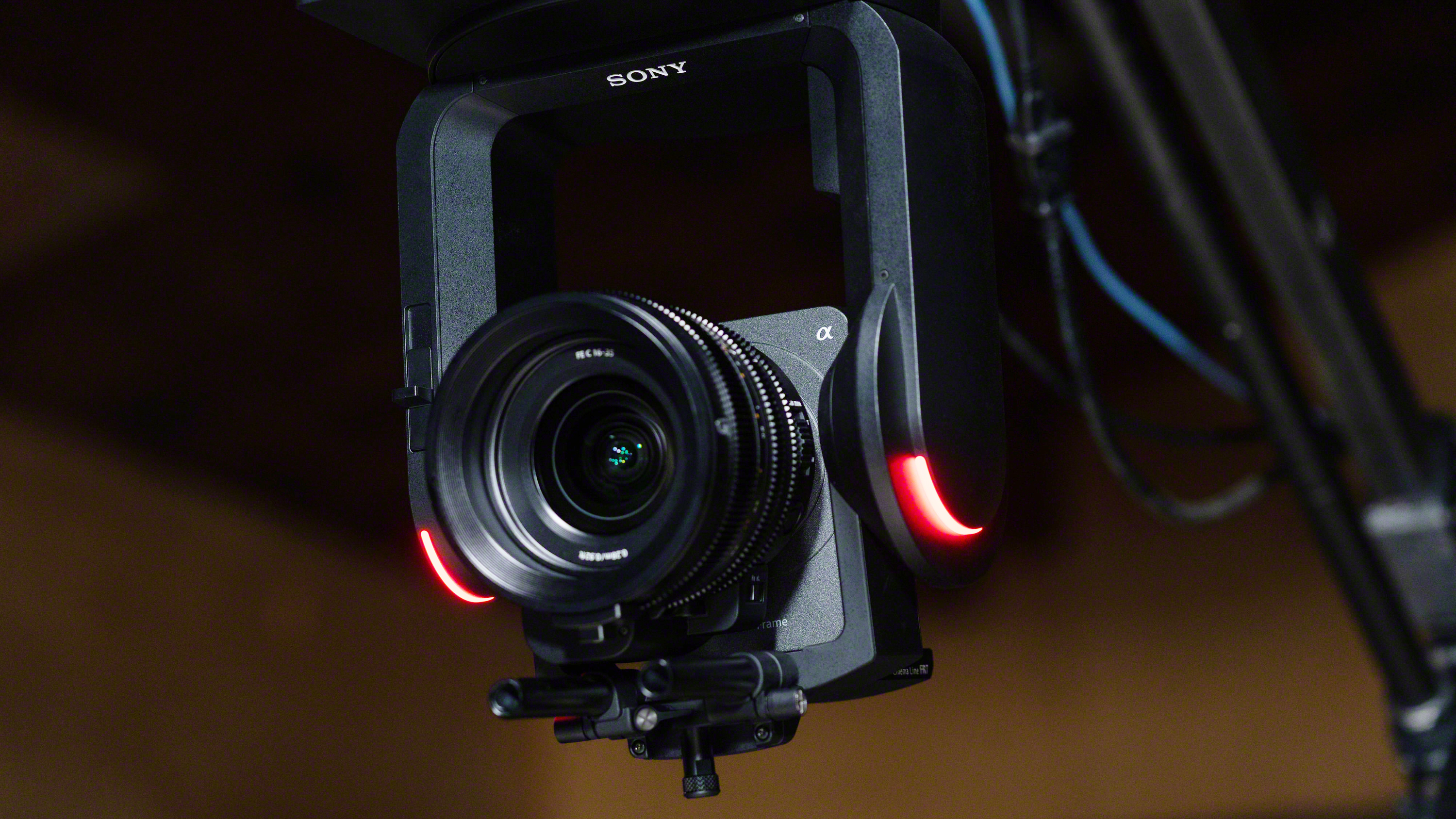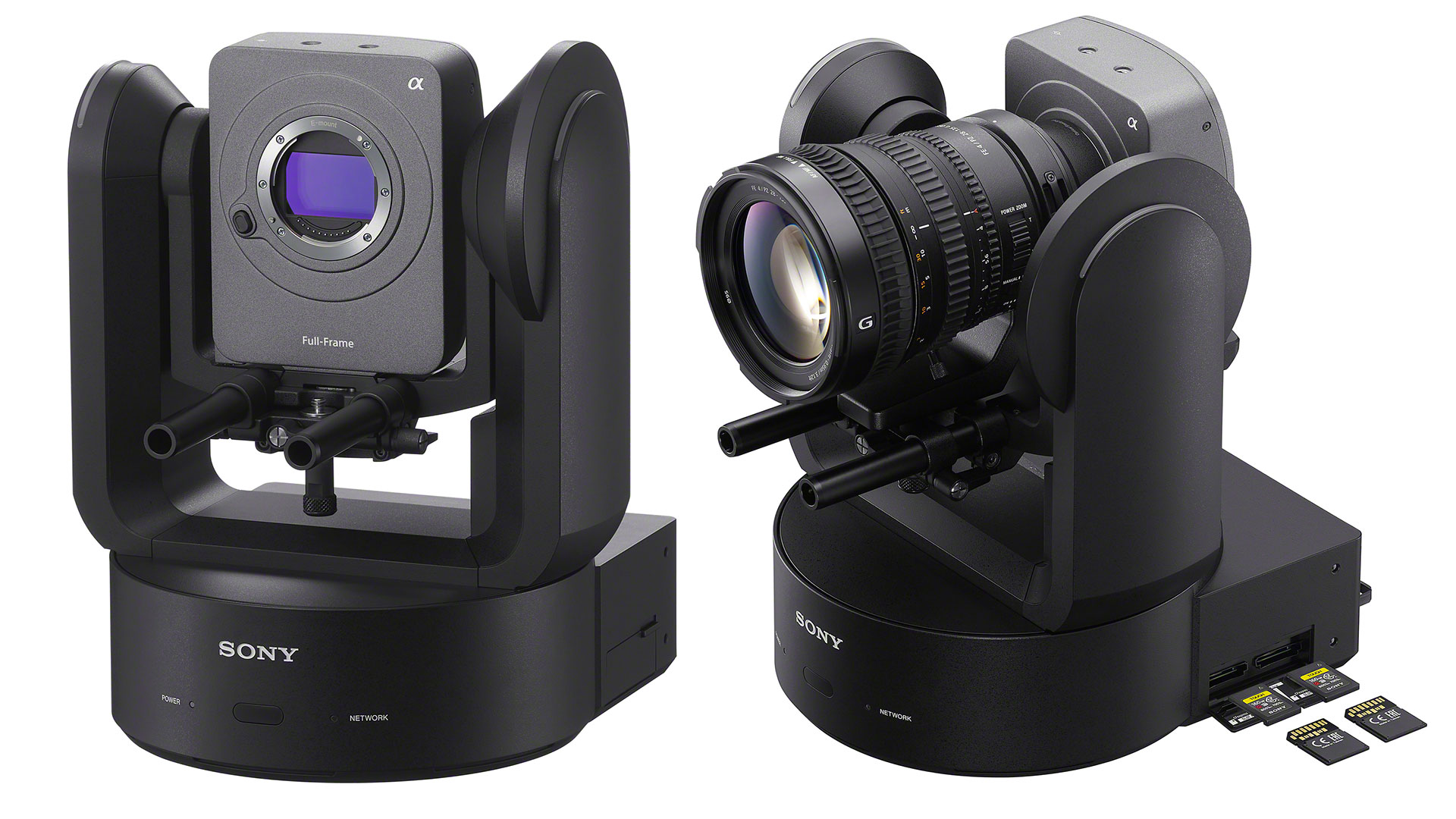I think the Sony FR7 is the future of broadcast cameras – and here's why
In my opinion, the Sony FR7 is the future of broadcasting – and you should take note!

In my last story on the Sony FR7, I suggested that it was a compact Sony FX6 on a permanent gimbal. That opinion has not changed, but I felt I needed to go into greater detail on why this new cinema camera with PTZ functionality is a complete game changer to the industry.
We hear that term a lot these days, for even the most basic of upgrades, but what Sony has done with this PTZ cinema camera is a world first; never before has a PTZ camera offered full-frame technology paired with an interchangeable lens system. That is totally mind-blowing. Think about it for a second: how many times have you mounted a lens and thought, "I'd like to shoot this wider," or, "I want to zoom in on the action"? Well, in the world of PTZ you could not do that – or you were limited to a strict zoom range.
Now, thanks to the Sony FR7, that freedom has come to remote broadcasting.
Another super time-saving feature is that while you can control the FR7 across your network (ethernet), you can also playback and upload the high-res files to it – which can also be automated so that you can send the files to your broadcasting team around the world. Like I said, game changing!

The fun features do not stop there. The FR7 is also compatible with the full Sony PTZ controller range with ethernet, so operators will have a seamless transition. For the digital age, though, Sony has developed a purely digital offering based on a browser operating system, which enables you to control all the camera settings, select output, and for the even more tech-savvy among us, you can even access, control, and monitor the FR7 from your tablet or phone.
These features are all noteworthy, but let's address the major reasons that I am getting so excited about this new PTZ cine camera: its full-frame sensor and the interchangeable E-mount lens system. Currently there are a whopping 65 lenses available in the Sony E-Mount range!
This means no matter what sport, action or event you're filming, you will be able to cover it. Obviously not all these lenses will be a practical solution for a remote camera; zoom lenses without a power zoom (PZ) won't be a realistic choice, for example. But the option of primes is great if you know what shots you want to get, and how you want them to look, enabling you to deliver stunning visuals that are not normally seen in broadcasting – like using a prime to deliver shallow depth of field while covering a tennis match.
Get the Digital Camera World Newsletter
The best camera deals, reviews, product advice, and unmissable photography news, direct to your inbox!
All in all, this is an amazing camera that I can see being ordered in bulk by a lot of broadcasting companies, it's portable, easy to use, and offers every function of a Sony FX6, along with tilt, pan, and zoom of and PTZ camera. Along with user-friendly controls via a digital interface or used with standard Sony PTZ controllers, the Sony FR7 is a remarkable feat of engineering from the Sony cinema team, and something that I am really looking forward to seeing the result from.
Read more:
Best cinema cameras
Best PTZ cameras
Best cine lenses
Best Sony lenses

For nearly two decades Sebastian's work has been published internationally. Originally specializing in Equestrianism, his visuals have been used by the leading names in the equestrian industry such as The Fédération Equestre Internationale (FEI), The Jockey Club, Horse & Hound, and many more for various advertising campaigns, books, and pre/post-event highlights.
He is a Fellow of the Royal Society of Arts, holds a Foundation Degree in Equitation Science, and holds a Master of Arts in Publishing. He is a member of Nikon NPS and has been a Nikon user since his film days using a Nikon F5. He saw the digital transition with Nikon's D series cameras and is still, to this day, the youngest member to be elected into BEWA, the British Equestrian Writers' Association.
He is familiar with and shows great interest in 35mm, medium, and large-format photography, using products by Leica, Phase One, Hasselblad, Alpa, and Sinar. Sebastian has also used many cinema cameras from Sony, RED, ARRI, and everything in between. He now spends his spare time using his trusted Leica M-E or Leica M2, shooting Street/Documentary photography as he sees it, usually in Black and White.
